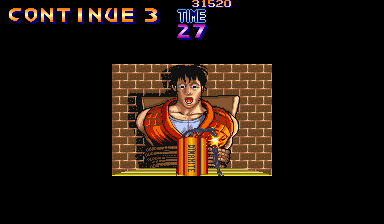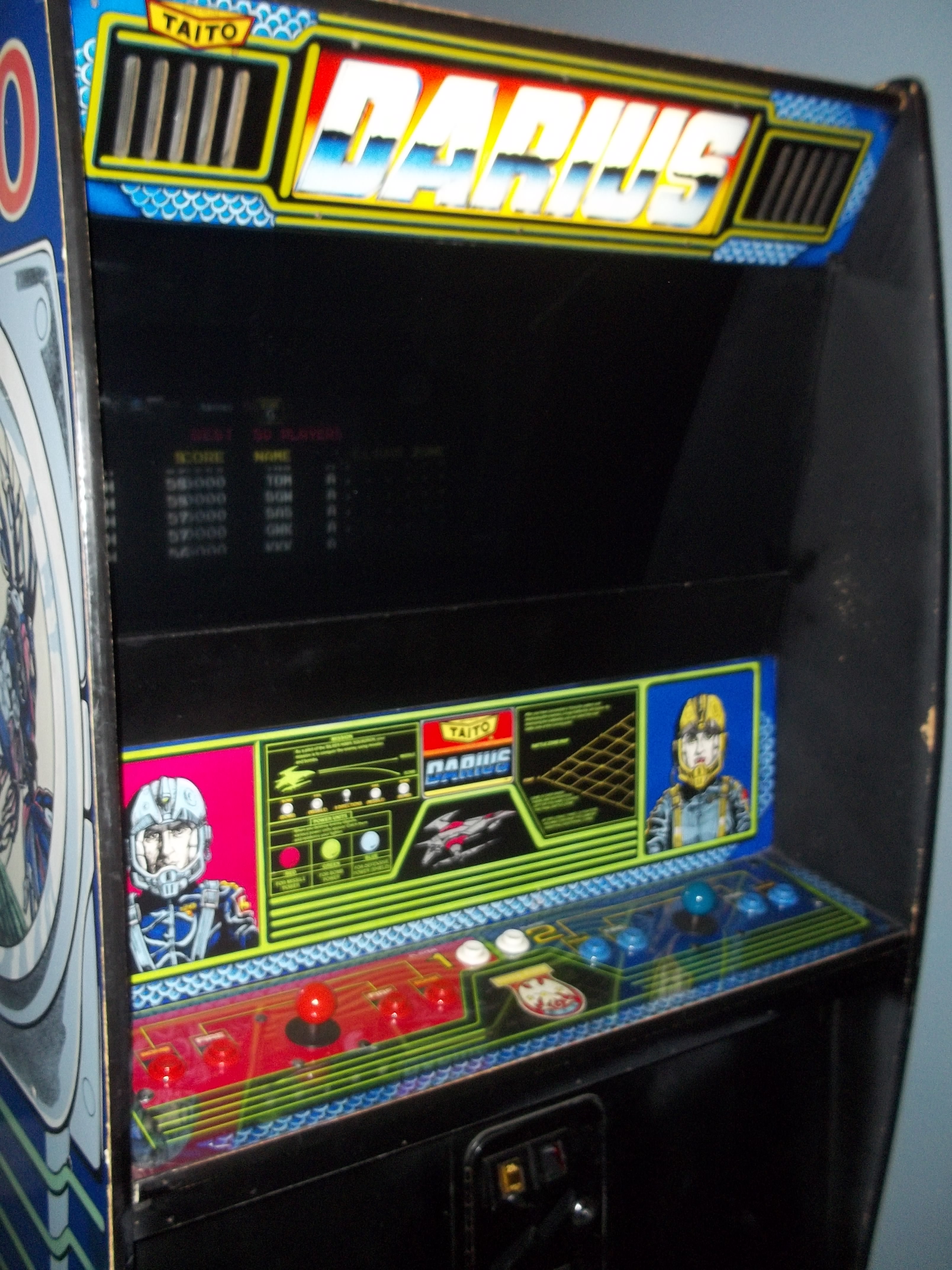It’s been argued that one of the most interesting things about games is that they allow the person engaging them to feel guilt and responsibility for their actions, something that can’t be done in more passive forms of media. Designers have actually been utilizing this since the early days of the medium as a way to belittle players’ lack of skill (and, hopefully, inspire them to invest more time/money to get better): think of how Missile Command used “THE END” when you lost all cities instead of “GAME OVER.” Guess what, jerk, your failure with the trackball just doomed humanity! Even a small change like that left a big impact on player psyches, and the medium has since evolved, finding plenty of new and exciting ways to make you feel really bad about what you do in games.
But for whatever reason, I’ve always been fascinated by the game over guilt trip. While most games just come to a screeching halt once the lives and health have run dry, others really go the extra mile to make you feel awful about your failure. I’ve spent a great deal of time over the years looking into these , and over the course of my research, I’ve come to the conclusion that there are two types of disturbing game overs:
A. Things are exceptionally grim, and only the power of a continue can stave off this impending doom! You will continue, right? You don’t want this horrible thing to happen, right?
B. YOU DONE FUCKED UP BUDDY, NOW DEAL WITH IT
Both of these are fascinating in their own way, but as a fan of old arcade games, A is particularly interesting. Arcade games are about spending money for play time, and the end goal for the operator is to maximize profits, so keeping play time down (so other folks can spend money for a turn on the machine) is an ideal. Continues might seem opposed to this concept, but they actually play right into it: You’d get more time-for-money-spent value if you started the game over than you would if you credit-fed, as difficulty tends to scale higher the further you get and credits usually last for shorter and shorter stretches of time. It’s why the one-credit clear is such a mark of pride among the biggest arcade: you’ve basically given “the man” trying to squeeze you for money the middle finger with your mad arcade game skillz.
So, in the interests of getting players to continue more, the devs began to put in continue screens that insinuate that a terrible fate awaits if you don’t put that next quarter/yencoin in. Some, like Blue’s Journey/Raguy by ADK, make a heartfelt emotional plea (and then call you names).
Others, meanwhile, place your character – or their loved ones – in more immediate danger. Won’t you spare a quarter to save our heroes from their doom?

